In the ever-evolving landscape of technology and innovation, the emergence of Web 3 has set the stage for a transformative leap in the gaming industry. Web 3 gaming represents a groundbreaking shift that combines the power of decentralized technologies, blockchain, and cryptocurrencies to create immersive, inclusive, and player-centric gaming experiences. Gone are the days of traditional gaming platforms where centralized control and limited player ownership prevailed. With Web 3, a new era has dawned, opening up a world of possibilities and opportunities for developers, gamers, and content creators. In this article, we will explore the exciting possibilities of Web 3 gaming and its potential to revolutionize the industry.

Web 3 gaming represents a groundbreaking shift in the gaming industry, merging decentralized technologies, blockchain, and cryptocurrencies to create a new paradigm of gaming experiences. At its core, Web 3 gaming introduces the concept of true digital asset ownership. Through the utilization of blockchain and non-fungible tokens (NFTs), players can now have verifiable proof of ownership for their in-game items, characters, and virtual possessions. This ownership is not restricted to a single game but extends to decentralized marketplaces, where players can freely buy, sell, and trade their digital assets, fostering a vibrant virtual economy.
An essential aspect of Web 3 gaming is the emergence of “play-to-earn” opportunities. By integrating blockchain-based economies into gameplay, players have the ability to earn cryptocurrencies or NFTs as rewards for their achievements and progression within the game. Whether it’s completing challenging quests, reaching high scores, or participating in competitive battles, players can now monetize their skills and dedication, turning their time and effort invested in gaming into tangible rewards.
Furthermore, Web 3 gaming embraces interoperability, enabling the seamless integration of assets and characters across different gaming ecosystems. This means that players can utilize their acquired digital assets in various games and platforms, enhancing their overall gaming experience and opening up new possibilities for cross-game collaborations.
In addition to empowering players with ownership and earning opportunities, Web 3 gaming offers enhanced security and transparency. The decentralized nature of blockchain technology ensures that player data, transactions, and ownership records are distributed across a network of nodes, making it incredibly challenging for unauthorized modifications or fraudulent activities to occur. This enhances player trust and confidence in the gaming ecosystem.
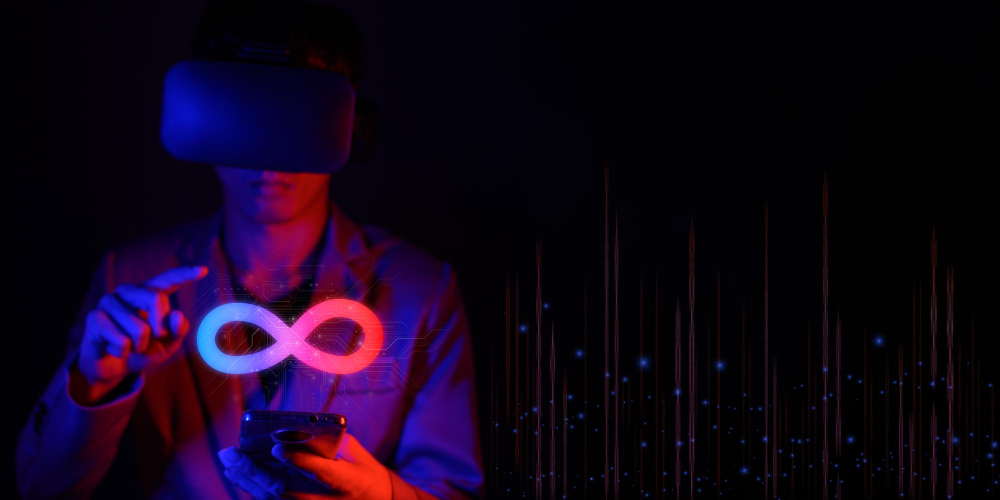
Through the use of blockchain and NFTs, players have true ownership of their in-game assets. They can freely buy, sell, and trade these assets, giving them greater control over their gaming experiences. This ownership extends beyond a single game and allows players to have a stake in a vibrant virtual economy.
The decentralized nature of blockchain ensures that game mechanics and transactions are transparent and cannot be manipulated. This fosters a more equitable gaming environment where players can trust the rules of the game and have confidence in their interactions with other players.
Web3 gaming opens up new avenues for monetization. Through play-to-earn models, players can earn cryptocurrencies or NFTs as rewards for their in-game achievements. This introduces the potential for gaming to become a viable source of income, enabling players to monetize their skills and dedication.
The innovative nature of Web3 gaming fosters a culture of creativity and experimentation. The integration of decentralized technologies allows developers to explore new game mechanics, economies, and player interactions. This results in a diverse range of gaming experiences that break away from traditional molds, providing players with unique and exciting gameplay opportunities.
Blockchain technology enables the creation of decentralized networks that distribute computational power and storage, reducing the reliance on energy-intensive centralized servers. This has the potential to decrease the carbon footprint of gaming and promote environmentally friendly practices.
The evolution of gaming has undergone a remarkable transformation from the early days of Web1 to the revolutionary era of Web3.
Web3 gaming harnesses decentralized technologies, blockchain, and cryptocurrencies to address the shortcomings of previous iterations. It introduces true ownership of in-game assets through blockchain and NFTs, allowing players to buy, sell, and trade digital items freely. The integration of play-to-earn models empowers players to monetize their skills and achievements, turning gaming into a viable source of income.
Moreover, Web3 gaming emphasizes transparency, fairness, and community involvement, leveraging decentralized governance models and fostering player-centric experiences.
The evolution from Web1 to Web3 has revolutionized gaming, enabling richer player experiences, enhanced social interactions, and unprecedented economic opportunities. As Web3 continues to mature, we can expect gaming to evolve even further, unlocking new frontiers of innovation, creativity, and immersive gameplay.
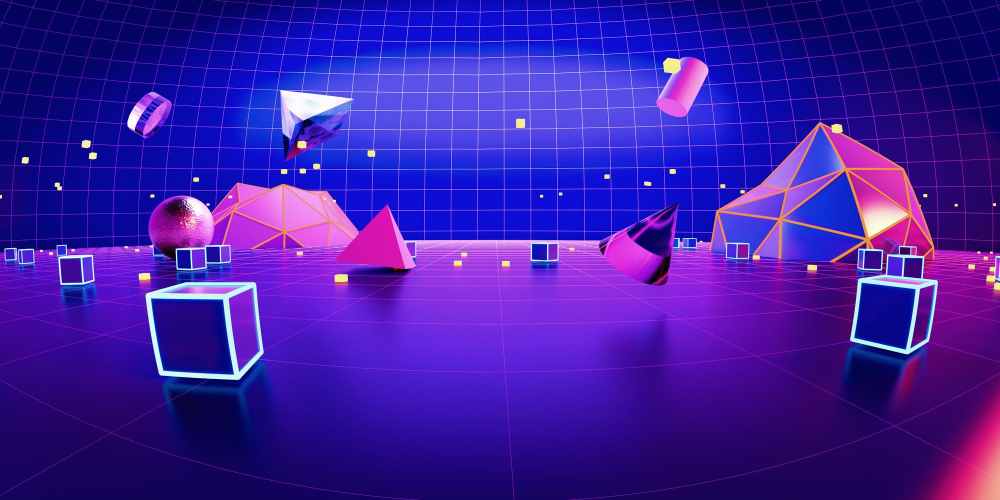
Web3 games and traditional games have distinct characteristics that set them apart in the gaming landscape.
Web3 games, leveraging blockchain technology and decentralized networks, introduce true ownership of in-game assets, allowing players to freely trade and monetize their digital possessions. In contrast, traditional games often limit player control and ownership over in-game items.
Transparency and fairness are enhanced in Web3 games due to the use of decentralized technologies. Blockchain’s immutable ledger ensures transparency in gameplay mechanics and transactions, fostering trust among players. Traditional games, on the other hand, may lack this level of transparency and rely on centralized systems.
Monetization opportunities differ significantly between Web3 games and traditional games. Web3 games introduce play-to-earn models, enabling players to earn cryptocurrencies or NFTs as rewards for their in-game achievements. This provides new avenues for players to generate income from their gaming skills. Traditional games typically focus on upfront purchases or subscription models.
Interoperability is a unique feature of Web3 games, allowing assets and characters to be transferred between different games and platforms. This interconnectedness provides players with a seamless and dynamic gaming experience. Traditional games often operate within closed ecosystems, limiting interactions and integration.
Decentralized governance is a core principle of Web3 games, empowering players to participate in decision-making processes. Community voting systems and decentralized protocols ensure that players have a say in the development and evolution of the gaming ecosystem. Traditional games typically rely on centralized entities for decision-making.
Through the use of blockchain technology and non-fungible tokens (NFTs), players have true ownership of their in-game assets. These assets can be bought, sold, and traded on decentralized marketplaces, extending the concept of ownership beyond a single game. Moreover, Web3 gaming allows for interoperability, enabling seamless integration of assets and characters across different games and platforms. This means that players can utilize their acquired digital assets in various gaming ecosystems, enhancing their overall gaming experience and giving rise to new levels of cross-game collaborations.
Web3 gaming also embraces the concept of old game integration, enabling the integration of older games into the Web3 ecosystem. This allows players to bring their favorite classic games into the modern era and take advantage of the benefits of Web3 technologies, such as true ownership and transparent gameplay.
Player-driven dynamics play a crucial role in Web3 gaming. Unlike traditional gaming models where decisions are made solely by developers or centralized entities, Web3 gaming empowers players to actively participate in the development and evolution of the gaming ecosystem. Decentralized governance models, community voting systems, and player-driven economies ensure that players have a say in game updates, asset creation, and economic policies. This creates a more democratic and inclusive gaming environment where players have a direct impact on the games they love.
The decentralized nature of the blockchain infrastructure ensures high availability and resilience, minimizing the risk of server failures and maintenance downtime. This means that players can enjoy uninterrupted gaming experiences and access their assets and progress at any time.
The use of blockchain technology provides a transparent and immutable record of gameplay, transactions, and asset ownership. Players can verify the fairness of game mechanics, ensuring a level playing field for all participants. Additionally, transparent economic models enable players to track and understand the value and utility of their in-game assets and rewards.
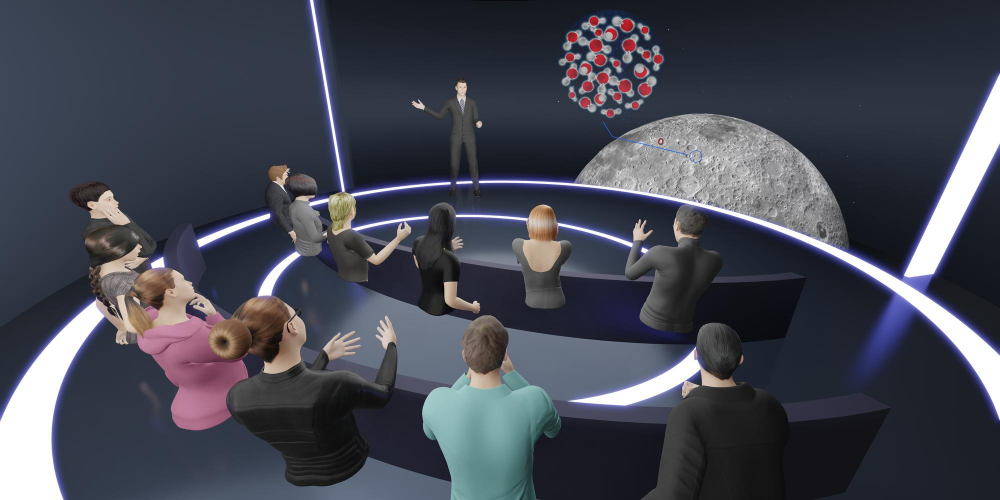
The technology stack of Web3 gaming encompasses various components and tools that enable the seamless integration of blockchain, decentralized applications (dApps), and other essential elements.
Web3 libraries and decentralized applications serve as the foundation for Web3 gaming. These libraries provide the necessary protocols and tools to interact with blockchain networks, enabling developers to create decentralized gaming experiences.
Smart contracts are self-executing contracts with predefined rules encoded on a blockchain. In Web3 gaming, smart contracts are used to establish the rules and logic of the game, ensuring transparency and fairness. They facilitate the execution of in-game transactions, asset ownership, and the implementation of game mechanics.
Node providers and Web3 providers act as the connection points between decentralized applications and blockchain networks. They allow developers and users to interact with the blockchain, retrieve data, and execute transactions. These providers ensure the seamless integration of Web3 gaming applications with the underlying blockchain infrastructure.
Digital wallets are crucial for Web3 gaming adocs they enable users to securely store their cryptocurrencies, NFTs, and other digital assets. These wallets also serve as the gateway for players to access their in-game assets, interact with dApps, and participate in the Web3 gaming ecosystem.
Extended Reality (XR) hardware, such as virtual reality (VR) headsets and augmented reality (AR) devices, plays a significant role in Web3 gaming. XR hardware enhances the immersive gaming experience, allowing players to interact with virtual worlds and characters in a more engaging and realistic manner.
Open interoperable media standards ensure compatibility and seamless integration of various media assets in Web3 gaming. These standards enable the exchange and interoperability of assets such as 3D models, textures, animations, and audio across different games and platforms, fostering a cohesive and interconnected gaming experience.
A gaming DAO (Decentralized Autonomous Organization) is a community-driven organization that operates on the principles of blockchain technology and decentralized governance. It brings together gamers, developers, and other stakeholders to collectively participate in the management and decision-making processes of gaming-related activities.
Gaming DAOs utilize smart contracts on the blockchain to automate and enforce rules and agreements within the organization. Through decentralized governance mechanisms, such as voting or consensus protocols, participants can have a direct say in the development, funding, and decision-making aspects of the gaming ecosystem.
The primary objective of a gaming DAO is to create a more inclusive and democratic gaming environment. It aims to empower community members, allowing them to actively shape the future of the gaming ecosystem, influence game updates, asset creation, and economic policies. By utilizing decentralized technologies, gaming DAOs provide transparency, fairness, and ownership to participants, fostering trust and engagement within the community.
Gaming DAOs also enable new economic models, allowing members to contribute their skills and resources to the organization and receive rewards or incentives in return. These incentives can come in the form of tokens or other digital assets, providing participants with a stake in the success of the gaming DAO.
Different types of Gaming DAOs cater to specific needs within the gaming ecosystem, ranging from community-driven experiences, support for developers, and fostering collaboration and innovation. Each type plays a crucial role in promoting decentralized decision-making, transparency, and engagement in the gaming industry.
Gaming guilds are community-driven DAOs that serve as social hubs for gamers with shared interests. They create a sense of camaraderie and provide a platform for players to connect, organize events, and coordinate in-game activities. Gaming guilds often have their own governance structures, such as voting systems or elected leadership, to ensure fair representation and decision-making within the community. They foster collaboration, knowledge sharing, and mutual support among members, creating a vibrant and engaging gaming experience.
DAOs in the form of incubators and accelerators play a crucial role in supporting game developers. These DAOs provide resources, mentorship, and funding to nurture and accelerate the growth of innovative gaming projects. They offer guidance and expertise to developers, connect them with industry professionals, and provide access to funding opportunities through token distributions or grants. By utilizing decentralized governance mechanisms, incubators and accelerators ensure transparency, inclusivity, and community involvement in the selection and support of game development teams, fostering a more equitable and accessible environment for aspiring game creators.
Gaming DAOs formed by developers are communities focused on collaborative game development. They bring together developers with diverse skill sets, including programming, design, art, sound engineering, and more. Members collaborate on the creation of games and gaming infrastructure, pooling their expertise to build innovative gaming experiences. Decentralized governance within developer DAOs allows for collective decision-making on various aspects of game development, including project selection, resource allocation, feature updates, and monetization strategies. These DAOs provide an inclusive and collaborative environment for developers to work together, promoting knowledge sharing, skill development, and the creation of cutting-edge gaming projects.
These different types of Gaming DAOs cater to specific needs within the gaming ecosystem, ranging from community-driven experiences, support for developers, and fostering collaboration and innovation. Each type plays a crucial role in promoting decentralized decision-making, transparency, and engagement in the gaming industry.
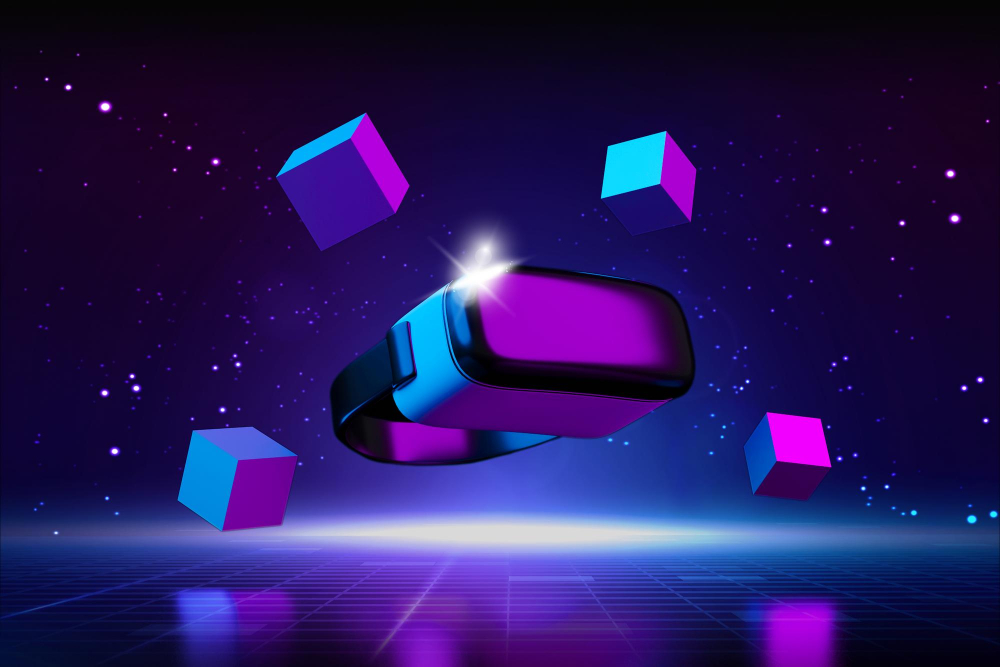
Web3 games and platforms have gained significant popularity, revolutionizing the gaming industry with their unique features and decentralized nature. Let’s explore some of the popular Web3 games and platforms that have captured the attention of players and enthusiasts alike.
Decentraland is a virtual reality platform built on the Ethereum blockchain. It allows users to create, explore, and monetize virtual worlds and experiences. In Decentraland, players can buy and sell virtual land, create and trade digital assets, and engage in social interactions. The platform’s decentralized governance empowers users to shape the virtual environment and participate in decision-making processes.
The Sandbox is a user-generated content platform and virtual world where players can build, own, and monetize their gaming experiences. Powered by blockchain technology, The Sandbox allows players to create and trade NFT-based assets, design game levels, and collaborate with others. The platform enables a vibrant creator economy and rewards players for their contributions through the SAND cryptocurrency.
Axie Infinity is a blockchain-based game that combines elements of collectible creatures, battling, and breeding. Players can own and breed digital pets called Axies, which are unique NFTs. Axie Infinity has gained popularity for its play-to-earn model, where players can earn cryptocurrency by participating in battles, completing quests, and breeding rare Axies. The game’s economic ecosystem and competitive gameplay have made it a sensation in the Web3 gaming space.
CryptoKitties is one of the earliest examples of Web3 gaming, known for its groundbreaking use of NFTs and digital collectibles. In CryptoKitties, players can buy, breed, and trade unique virtual cats, each represented as an NFT on the Ethereum blockchain. The game became an instant hit, highlighting the potential for true digital asset ownership and the value of rare and desirable digital items.
Web3 games come with inherent risks that should be considered.
Cryptocurrency volatility poses a significant risk as in-game transactions and rewards are often tied to digital currencies. Fluctuations in cryptocurrency values can impact the stability of the gaming ecosystem. Scams and fraudulent activities are also a concern, given the decentralized nature of Web3 gaming.
Players must be cautious and use secure digital wallet solutions to protect their assets. Scalability and user experience challenges exist due to the current limitations of blockchain technology, such as slow transaction speeds and high fees. Regulatory uncertainties and evolving legal frameworks add another layer of risk.
Lastly, despite enhanced security, blockchain technology is not immune to exploits or hacks. It is essential for developers to prioritize robust security measures. Collaboration, education, and advancements in technology will help mitigate these risks and ensure the long-term success of Web3 gaming.
To mitigate these risks, industry stakeholders, including developers, players, and platform operators, must collaborate to establish best practices for security, regulatory compliance, and user protection.
Smart contracts serve as the backbone of Web3 gaming by implementing the rules and logic of the game on the blockchain. Developers utilize smart contract programming languages like Solidity to create robust and decentralized gaming experiences.
These platforms offer tools, APIs, and SDKs that integrate blockchain technology, enabling developers to leverage decentralized features, such as true asset ownership, play-to-earn models, and community governance.
Decentralized applications applications leverage blockchain technology and smart contracts to deliver a transparent and user-centric gaming experience. Gaming dApps enable players to interact with virtual worlds, participate in play-to-earn mechanics, and trade in-game assets on decentralized marketplaces.
Non-fungible tokens (NFTs) have revolutionized the gaming industry by enabling true ownership of in-game assets. Gaming NFT marketplaces serve as platforms where players can buy, sell, and trade their unique digital assets.
3D gaming spaces are created by utilizing technologies such as virtual reality (VR) and augmented reality (AR) to provide players with highly interactive and immersive gameplay experiences. Developers use tools like 3D modeling software and game engines to bring virtual worlds to life.
ND Labs is well-equipped to provide these services to individuals and organizations seeking to capitalize on the growing Web3 gaming market. With our expertise, we can help clients unlock the potential of blockchain, decentralized technologies, and NFTs to create cutting-edge, player-centric, and innovative Web3 gaming experiences.
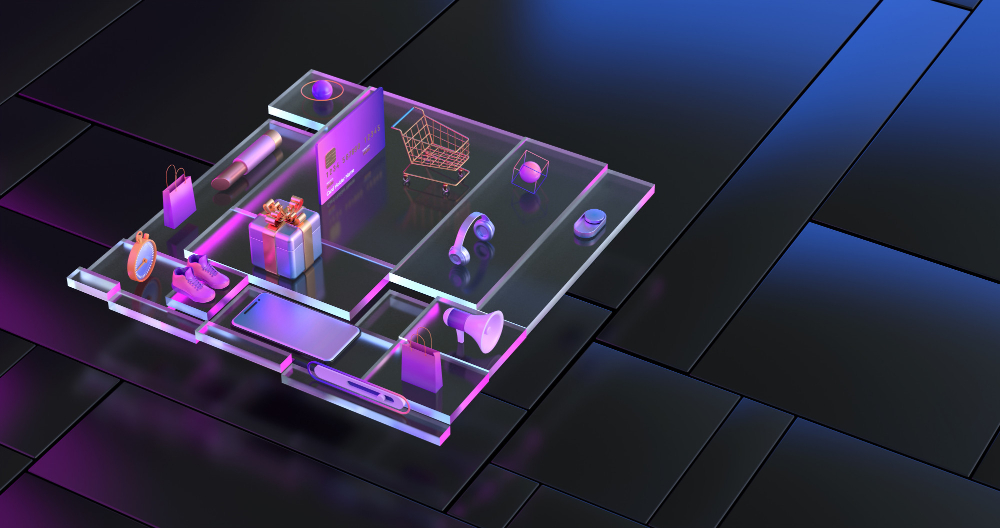
The process of developing Web3 games involves several key stages, each essential for creating immersive, decentralized, and player-centric gaming experiences. Let’s explore the steps involved in the development of Web3 games:
The first step is to define the concept and vision for the Web3 game. This includes identifying the target audience, gameplay mechanics, visual aesthetics, and overall experience. The design phase involves creating wireframes, storyboards, and game design documents to outline the core features and functionalities of the game.
Web3 games leverage blockchain technology for asset ownership, transparency, and secure transactions. The development team needs to choose the appropriate blockchain platform and integrate it into the game. This involves setting up smart contracts, implementing wallet integrations, and defining the logic for asset ownership, trading, and in-game rewards.
The actual development of the Web3 game begins at this stage. Developers use programming languages, game engines, and frameworks to bring the game concept to life. This includes creating the game mechanics, character animations, user interfaces, and game levels. The integration of Web3 features, such as NFT support and play-to-earn models, is also implemented during this phase.
Thorough testing is crucial to ensure the functionality, performance, and security of the Web3 game. This includes testing gameplay mechanics, multiplayer interactions, blockchain integrations, and compatibility across different platforms and devices. Quality assurance processes help identify and fix bugs, optimize performance, and refine the overall gaming experience.
Once the Web3 game is thoroughly tested and refined, it is ready for deployment and launch. This involves deploying smart contracts on the chosen blockchain platform, setting up game servers or decentralized infrastructure, and ensuring proper integration with wallets and marketplaces. Launching the game includes marketing efforts, building a player community, and creating a buzz around the game’s release.
Web3 games require ongoing support and maintenance to ensure a smooth and enjoyable gaming experience. This includes addressing player feedback, fixing bugs, implementing updates, and introducing new features based on player engagement and market trends. Continuous improvement and community engagement play a vital role in the long-term success of a Web3 game.
Throughout the entire development process, it is crucial to prioritize user experience, security, and decentralization. Emphasizing player-centric features, transparent asset ownership, and fair reward systems are key factors in creating engaging and successful Web3 games.
The development of Web3 games involves a multi-faceted process that combines game design, blockchain integration, testing, deployment, and ongoing support. Web3 games offer unique opportunities for immersive gameplay experiences, decentralized ownership, and innovative economic models.
To navigate this dynamic landscape successfully, partnering with an experienced and knowledgeable team is crucial. ND Labs stands as a perfect partner for those looking to emerge into the world of Web3 gaming. With our expertise in Web3 gaming development services, including smart contract implementation, decentralized platform integration, gaming dApp creation, NFT marketplaces, and 3D gaming spaces, we are well-equipped to bring your Web3 game vision to life. Our team understands the complexities of blockchain technology, decentralized governance, and player-centric experiences, ensuring that your Web3 game stands out in this rapidly evolving industry.
ND Labs offers the necessary expertise and support throughout the entire development process. Together, we can navigate the challenges and leverage the opportunities that Web3 gaming presents, creating innovative, decentralized, and engaging gaming experiences that captivate players in the emerging Web3 gaming market.